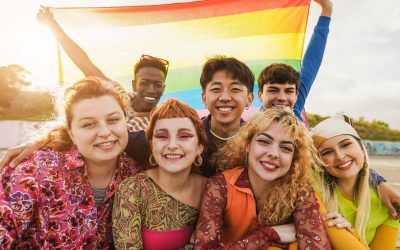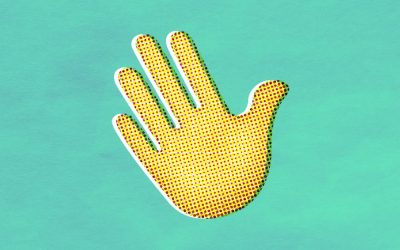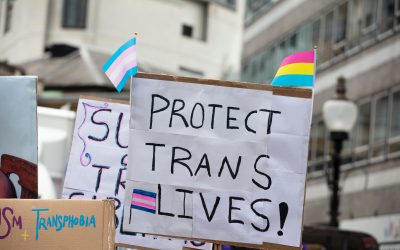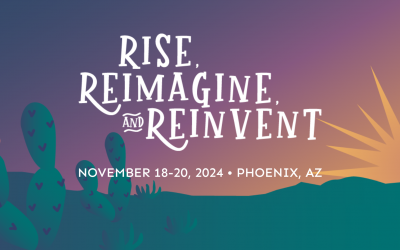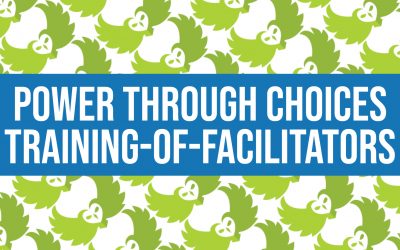
We encourage you to reflect on and actively consider the language you use every day. Be aware of the words you use and their impact on the people around you.

By Natalie Cortes
July 21, 2016
As someone who has been questioning their gender for quite a while, it can be confusing, anxiety-inducing, and just plain irritating to be subjected to the gendered language we all encounter on a daily basis. Deciding to check the box for “female”–the gender I was assigned at birth–on surveys and forms takes more energy than it should. Being referred to as “she” and “her” by people who have not asked for my pronouns is annoying and often painful.
Organizations devoted to gender equality, sexual health, and similar social issues often use language that is incredibly gendered. While LGBTQ+ people might be discussed as a side note, these organizations frequently talk about “women and men” in their discussions of social issues like gender equality and reproductive rights.
This language not only suggests that no other genders exist, but also tends to assume a certain set of characteristics associated with each category (for instance, that a woman is someone with a uterus).
This language not only suggests that no other genders exist, but also tends to assume a certain set of characteristics associated with each category (for instance, that a woman is someone with a uterus). It’s important to recognize that there are, in fact, many people who don’t fit the narrow categories of “cisgender woman” and “cisgender man.”
Much of the failure to use gender inclusive language such as the pronouns they/their/themself seems to be due to a lack of understanding. Some people simply aren’t aware of these marginalized identities; others resist using this language, for reasons ranging from grammatical incorrectness to blatant transphobia. The decision not to use gender inclusive language not only fails to acknowledge the existence of trans and genderqueer people, but also leaves these populations without the information they need to make informed decisions about things like sexual health. Not using inclusive language means not including queer people in work for positive social change.
As of October 2015, Healthy Teen Network has adopted the use of the singular “they.” While some people may assume that the singular “they” and its derivatives are grammatically incorrect, Healthy Teen Network intentionally uses “they” when speaking about all people, people whose pronouns are not known, and people who have explicitly expressed that they use they/them pronouns. Healthy Teen Network recognizes how crucial it is to avoid making assumptions when attending to the unique needs of LGBTQ+ youth.
We encourage you to reflect on and actively consider the language you use every day. Do you assume people’s genders based on their appearances? Do you use language that implies a gender when more neutral and inclusive language might be more appropriate? If you do, that’s okay! It’s okay to make mistakes, and it’s okay to not fully understand the experiences of trans and genderqueer people. What’s important is choosing to engage in a process of becoming more aware of the words you use (and the words other people use) and their impact, and to learn more inclusive language.
Want to learn more? Here are some places to start:
● It’s Pronounced Metrosexual’s guide to understanding gender identity, gender expression, sex, and sexuality
● The Body Is Not an Apology’s pronoun etiquette guide
● Everyday Feminism’s discussion of what it means for a cis person to be uncomfortable with they/them pronouns
● One physician’s reflections on the importance of gender inclusive language in her field
● Everyday Feminism’s tips for discussing abortion in gender inclusive ways
Natalie Cortes is a graduate of New York University and a former Marketing and Communications Intern at Healthy Teen Network.





